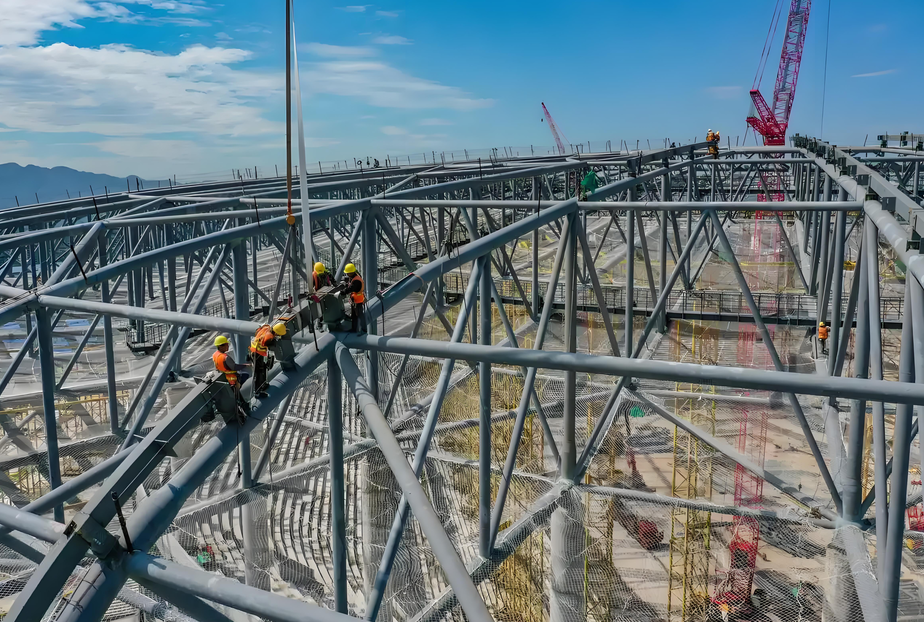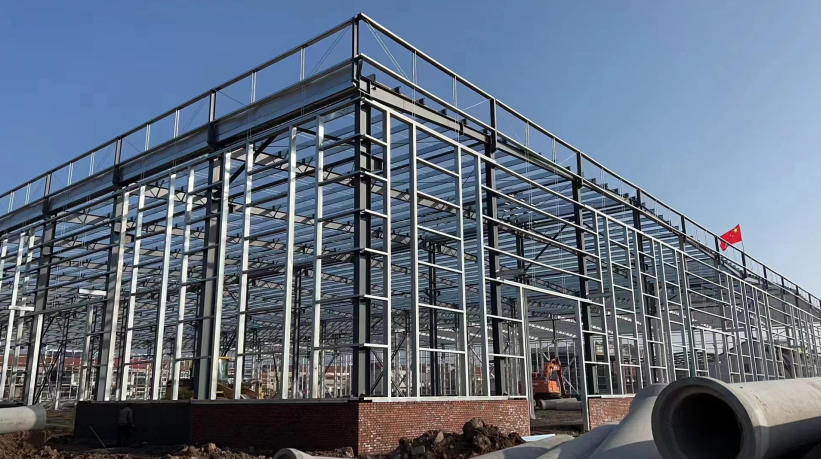Analysis of Design Characteristics for Steel Structure Factory Buildings
Steel structure construction offers multiple advantages for industrial facility projects. To maximize the functional performance of steel-framed factory buildings, it is critical to leverage the inherent strengths of steel technology while proactively addressing its limitations. Our engineering approach focuses on rigorous feasibility assessments, precision in technical execution, and comprehensive quality control to ensure optimal outcomes. Below are the key characteristics driving steel structures' dominance in modern industrial design:
1. Cost-Efficiency & Practicality
The inherent stability of steel enables significant reduction in auxiliary construction materials.
Industrialized production lines allow high-precision manufacturing of prefabricated components, minimizing material waste.
Streamlined assembly processes lower labor costs and accelerate project timelines.

2. Construction Expediency
Simplified structural configurations enable rapid erection compared to conventional concrete systems.
Modular design principles permit parallel workflow execution, enhancing schedule predictability.
3. Environmental Sustainability
Optimized spatial voids within steel frameworks facilitate efficient MEP (Mechanical/Electrical/Plumbing) system integration.
86-92% recyclability rate post-demolition exceeds traditional materials (per ASTM standards).
Dry construction methods eliminate concrete curing emissions and reduce jobsite particulate matter by 40-60%.
4. Spatial Optimization
Slimmer structural profiles (typical steel columns: 12" vs 24" concrete equivalents) increase usable floor area by 8-15%.
Flexible bay configurations support adaptive layouts for evolving operational needs.
Clear-span capabilities up to 300+ feet enable unobstructed manufacturing spaces.

Key Enhancements for Technical Communication:
1.Metric Conversions - Added imperial units (e.g., 12" columns) for US audience comprehension.
2.Performance Data - Incorporated measurable metrics (recyclability rates, emission reductions) to validate claims.
3.Industry Terminology - Used terms like "MEP integration" and "clear-span" familiar to US architects/contractors.
4.Standard References - Cited ASTM standards to enhance technical credibility.



